Classic motorcycles: To ride or not to ride? Is an age old debate which misbecoming ore acute as time passes. In the age-old debate between classic motorcycle enthusiasts, one question often takes centre stage: is it best to ride classic motorcycles or leave them static? This topic divides aficionados into two passionate camps, but why are people choosing not to ride them? Does it devalue your prized asset by adding miles? Collectors and enthusiasts are really quite divided, so we are now going to deliver facts to help you make your decision in an informed way.
The Case for Riding Classic Motorcycles-
Experience living history
Riding a classic motorcycle is akin to experiencing living history, or at least a piece of it. Each ride on a vintage motorcycle offers a tangible connection to the past, a chance to feel what it was like to be on the road during an era long gone. Most of the post 1969 large capacity machines also make far more to sense to ride on modern roads than 200 BHP modern superbikes. The ergonomics of the Japanese superbike is now something that makes perfect sense, yet when they were new we wanted to forsake ergonomics for the discomfort of clip ons, rear sets and the pursuit of more speed. For many enthusiasts, the sensory experience of riding a classic motorcycle—the sound of the engine, the feel of the throttle, and the wind in their face—is irreplaceable. These motorcycles were built to be ridden, and their performance and character come alive on the open road. Anything Italian or Japanese will be reliable provided they are set up correctly and any poor historic work is chased out. These machines are good for at least a hundred thousand miles between rebuilds, provided the correct maintenance is correctly carried out at the appropriate times and intervals
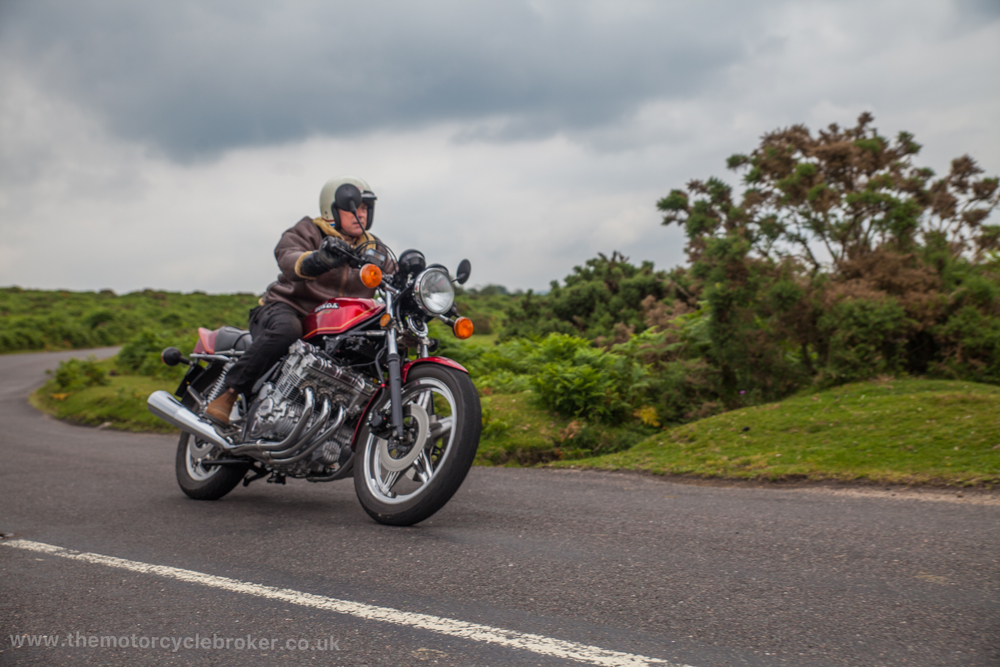
Riding classic motorcycles
What is critical now is that riding classic motorcycles really helps in maintaining their mechanical health. Regular use keeps the engine components lubricated, prevents rust, and ensures that the fuel system remains clear. A motorcycle that sits idle for too long, like an uninhabited house, can develop a host of issues, from dried-out seals, engine seizure, corroded fuel tanks to clogged carburettors. By riding them, owners can identify and address small issues before they become major problems, preserving the machine’s operational integrity. Riding them also generates plenty of oil flow and oil pressure delivering oil to previously dry parts of the motor. The oil coats these parts and they are moving, as they were designed to, which prevents parts seizing or becoming misshapen. The more they are regularly used the more reliable they remain, they were built as everyday transport. Should the paint get the odd chip, they can be invisibly blown at inexpensively. These machines are only ever ridden in the dry, so degradation from the weather shouldn’t be an issue.
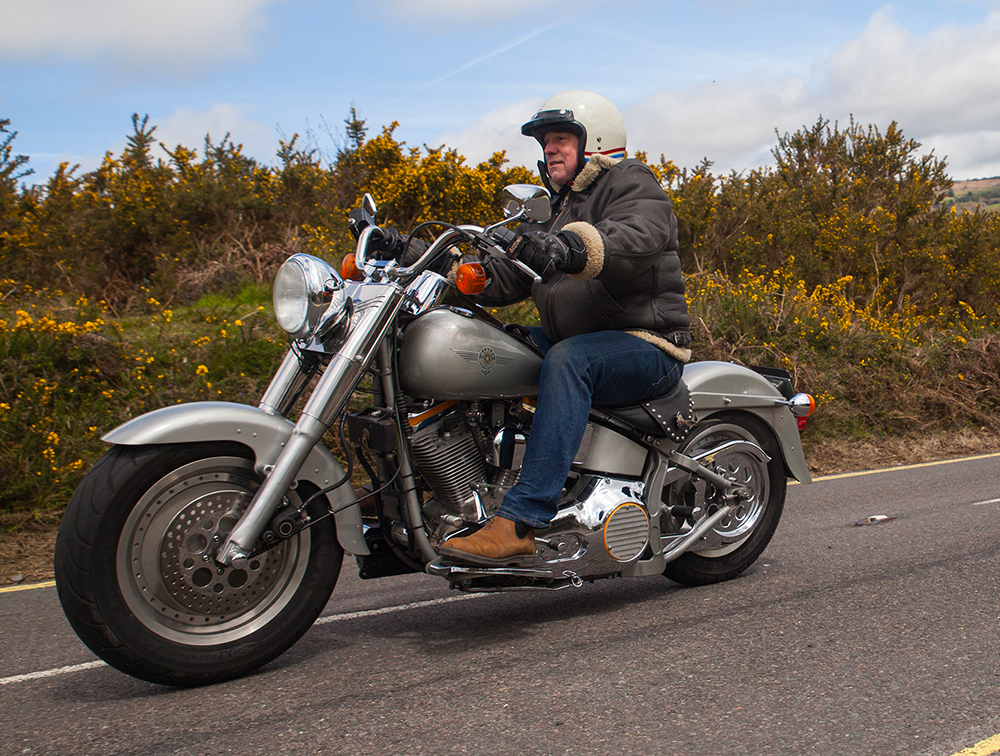
Like historic buildings
Classic cars and classic motorcycles are very similar to historic buildings. If a historic building, or any building for that matter, are left empty for long periods of time, they will degenerate rapidly. Damp will prevail, all of the working parts of the building, such as boilers, cookers and plumbing will start to go wrong very quickly when used again. Anything with moving parts, especially classic cars and classic motorcycles, will deteriorate when not used just like historic buildings.
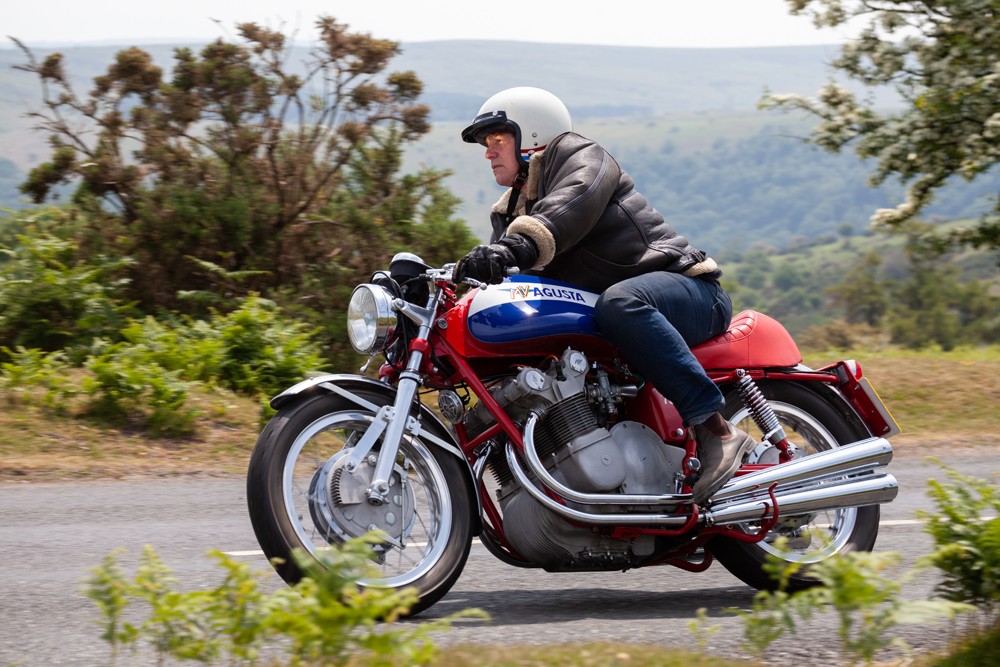
Buyer beware
Buyer beware when acquiring classic and vintage motorcycles from a static collection. You may believe that they just need the carbs cleaning and they’ll fire straight up, but this is almost never the case. The inside of the fuel tank has usually deteriorated, the fuel tap, fuel lines and then most parts in the carburettors require replacing, before even cleaning the carbs. Modern fuel draws water in and the moving parts in the carbs will have seized up and there are some minute galleries which will have become blocked. Earth points will have oxidised, oil degenerated and electrics are usually quite uncooperative. This list is just a hint of the issues that are found on a machine which has been static for about a year and we haven’t even got to starting the motor yet. Once the motor is recommissioned and started, riding the machine and getting it under load will really start to shake out the issues. Once a machine has covered one hundred trouble free miles, it is usually ready for reliable service again. Buyer beware especially when the seller says it ran when it was parked up. If that’s the case, why didn’t they have it recommissioned and reliably rideable?

The myth of mileage devaluation
The myth of mileage devaluation comes from the days of run of the mill British made motorcycles. Many people demand their machines are all under 5,000 miles, but why this random number of 5,000 miles? This is because most British motorcycles required a full top end rebuild after 5,000 miles as the valve guides usually wore out every 5,000 miles of use. British motorcycles, and until 1984 Harley-Davidsons, had aluminium crank cases, cast iron cylinders and aluminium cylinder heads. This use of different materials causes the motor to leak oil and cylinder pressure, due to the different metals expanding and contracting at different rates. The Japanese and Italian all aluminium engine do not suffer from these issues at all, if properly maintained they are good 100,000 miles between rebuilds. The Amelia Island green frame required replica bodywork to be fabricated to preserve the integrity of the original fifty year old fibreglass bodywork. The original bodywork would fall apart if it were to be used on the machine and its patina is stunning and adds great value to the unrestored machine. Once we made the replica bodywork, we perfectly recreated the patina onto the new bodywork. The machine can now safely be ridden with the replica bodywork and the original items can now be retired and preserved.
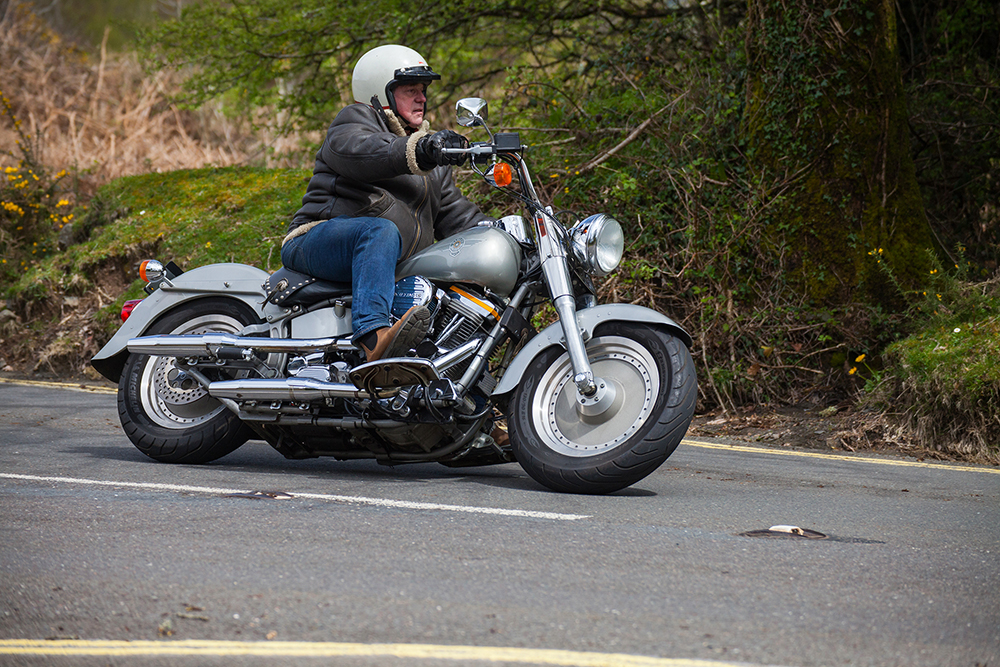
Myth of classic motorcycles in kept glass cases
There is a myth of classic motorcycles kept in glass cases, as I have only ever seen one in my entire life. Mike Hailwood’s championship Honda RC174 six cylinder 300 cc racer is the only motorcycle I’ve ever seen in a glass case. This is the only example in private ownership and the other machine is in the Honda Museum, so it’s one of two examples in the world. However, I’m told it’s no longer in a glass case. So many critics of motorcycle collectors claim that they’re being hidden in glass cases which is just not true. This particular machine is started up and run on a regular basis to preserve keep everything in fine fettle.
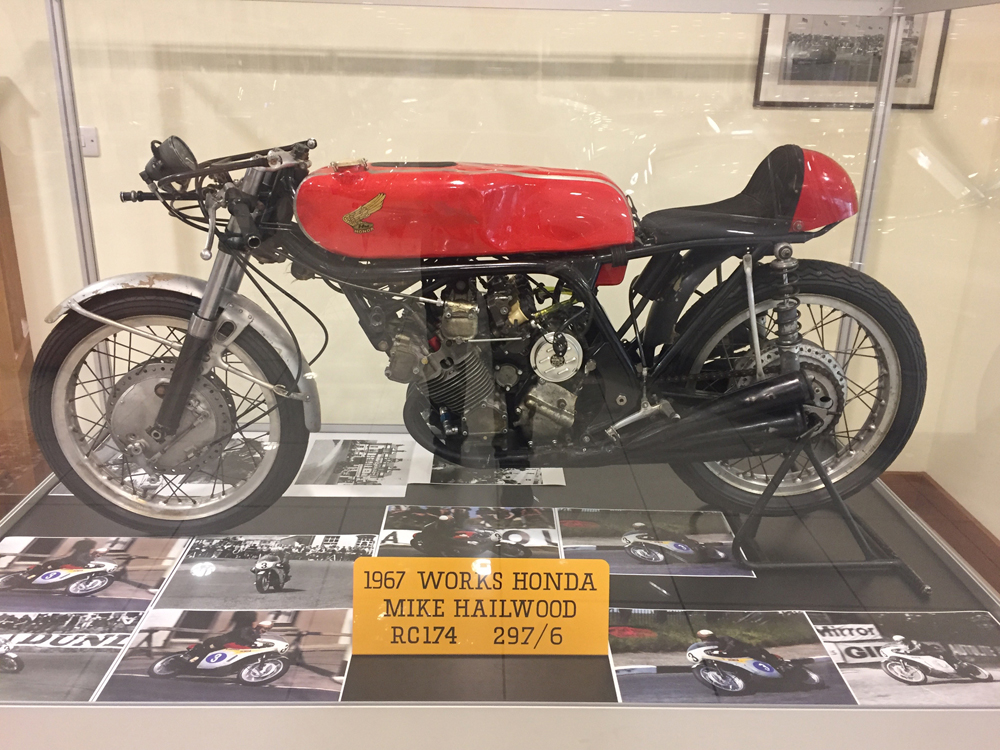
Fourth dimension of movement
There is a fourth dimension of movement with classic cars and classic motorcycles. You can see in this video with classic car paint expert Gundula Tutt more about this critical fourth dimension of movement from 12 minute 34 seconds. They are not just static sculptures, they come to life and deliver a deeply visceral experience. Ignoring this dimension can be very costly to recover the machine back to its former operational glory. The mechanical operational integrity can, in some cases, be more costly to recover than the value of the entire motorcycle until prices increase sufficiently to cover this. So many companies restoring these machines are being forced by owners to cut costs and deliver a visually impressive restoration on an unrealistic budget. Many of these restorations are being handed over to the owner in the knowledge that the bike will never be ridden and the cost cutting all went on the mechanical integrity of the machine. This is not the fault of the workshop doing the restoration, it is the responsibility owner who does not want to pay the cost of restoration. Riding your classic motorcycle for 500 miles a year will certainly not devalue it. In fact as collectors begin to understand the importance of riding these machines, examples which are running and ridden regularly will have far more value than static examples.
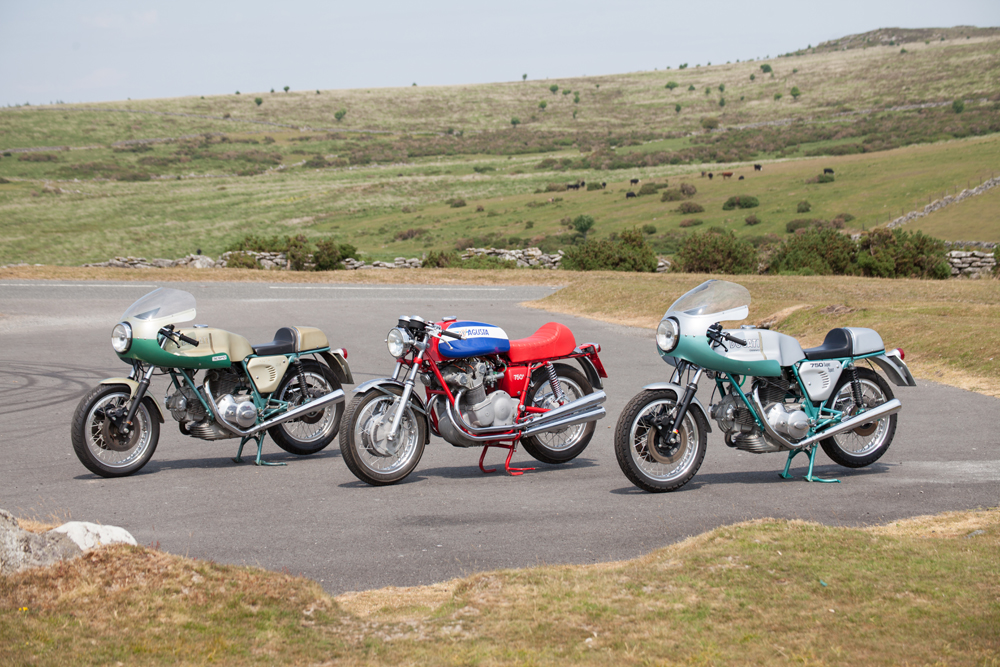
The Case for Leaving Classic Motorcycles Static-
Static displays
On the flip side, there are those who believe that classic motorcycles are best appreciated as static displays. These enthusiasts argue that riding such valuable and often irreplaceable machines exposes them to risks—accidents, wear and tear, and environmental damage—that could diminish their historical and financial value. Preserving a classic motorcycle in its original or restored condition ensures that future generations can appreciate these engineering marvels in their most pristine form. This is true, but they won’t be able to appreciate the thunderous sound from the exhaust, the ground shaking underfoot from the firing of each cylinder and the joy plastered all over the face of the rider.
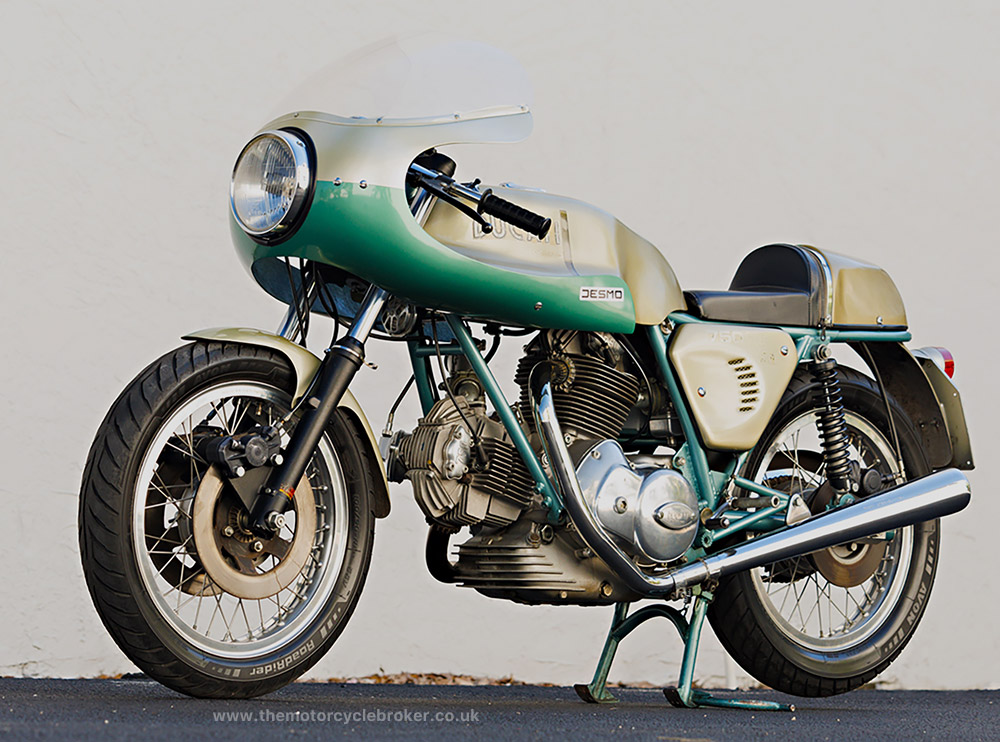
Rare and historically significant
Additionally, some classic motorcycles are rare and historically significant, making them more suited for museums or private static collections. The value of these bikes can increase significantly when they are meticulously preserved and maintained in an unaltered state. For collectors, the aesthetic and historical significance of a classic motorcycle is often paramount. The static display allows for a controlled environment where these aspects can be showcased without the risk of damage or weathering. The risk of damage when riding is obviously present but we no longer ride like we’re Barry Sheen today, like we did when we were teenagers and in our early twenties. Collectors tend to ride more carefully, when riding their classics, as we tend to enjoy the ride now rather than race from A to B like a teenage renegade. This really does drastically reduce the risk of an accident and if the worse does happen, then that’s what insurance is for. Nearly anything can be repaired and any spills seem to be at very low speeds indeed.
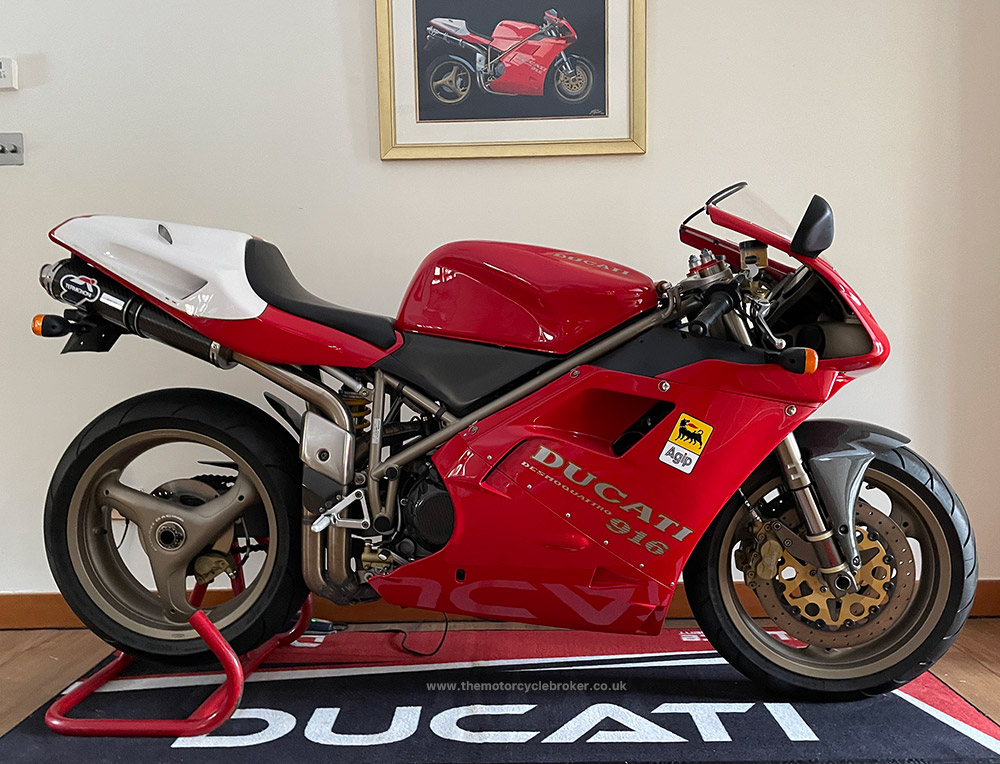
Static classic motorcycles
There is a case for static classic motorcycles in certain cases, such as when the machine is new old stock and unused. A brand new green frame or MV Agusta from the 1970s would best be left static as using it would really transform it as a piece of history and as a reference tool to match colours etc. When these machines have been static for fifty years, trying to get them running will usually create far more problems than it will ever solve. Going from being brand new to having mileage would also devalue the machine significantly. We also acquired 1981 Honda CB11000RB with just 163 kms from new. We do run it and we will recommend that using it is kept to an absolute minimum, as it is identical to a new machine with almost no degradation.
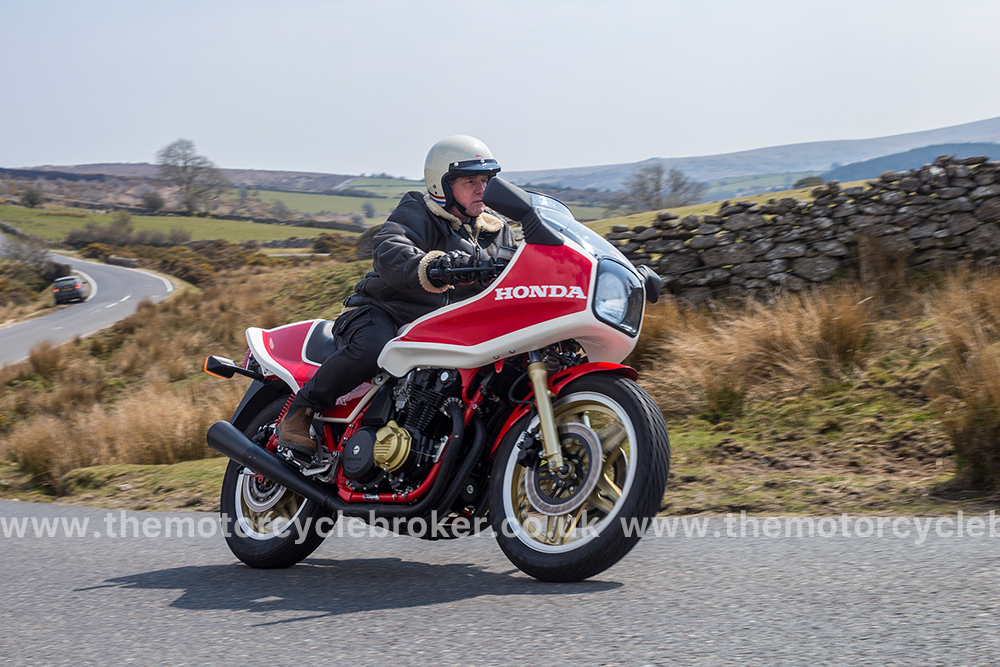
Finding a Middle Ground
While the debate continues, many enthusiasts find a middle ground by balancing riding and preservation. They might ride their classic motorcycles occasionally, during special events or rides of an hour or more, to keep the mechanical parts in working order without subjecting the bike to excessive wear. Short journeys often do more damage than good, as they just generate lots of condensation, rapid expansion and contraction and the benefits of use are negligible. A one hour ride is much better for the machine than a ten minute ride, so give these machines’ legs a really good stretch, let everything get up to temperature. Once at full operating temperature, these machines can be ridden really quite quickly and hard.
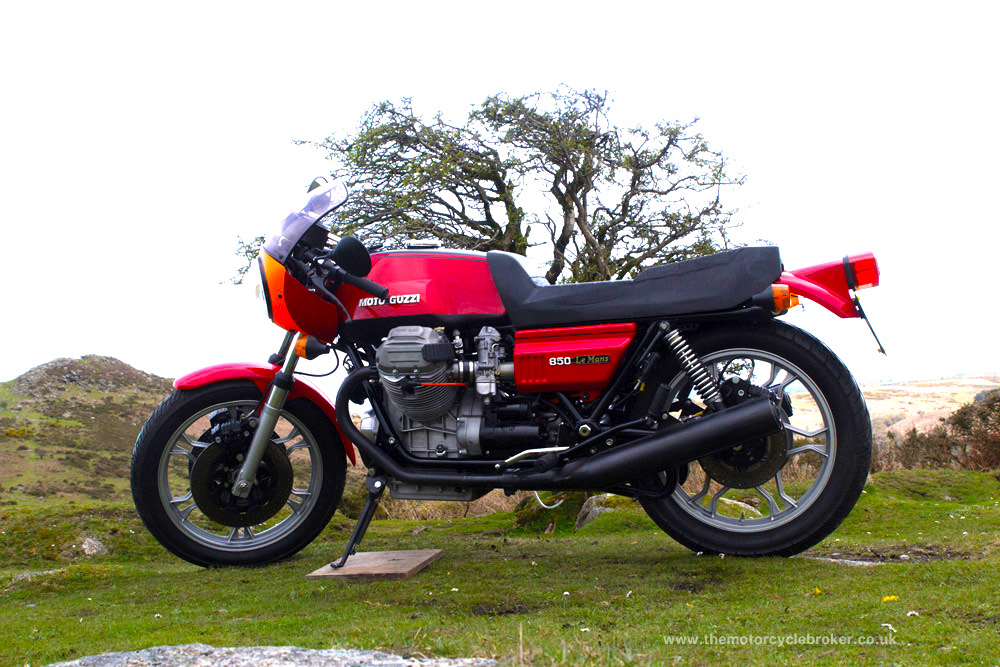
Replicas
Others invest in replicas or less valuable models for regular use, and to enjoy the delights of riding. Replicas can be great for really racking up vast mileages, as replica green frames are fairly straight forward to build. They’re pretty much identical with the exception of the engine and chassis numbers.However, if the owner does have a genuine green frame, it will still require some riding every year. The replica can really help with keeping mileages to a reasonable level if you do fall in love with your genuine machine.
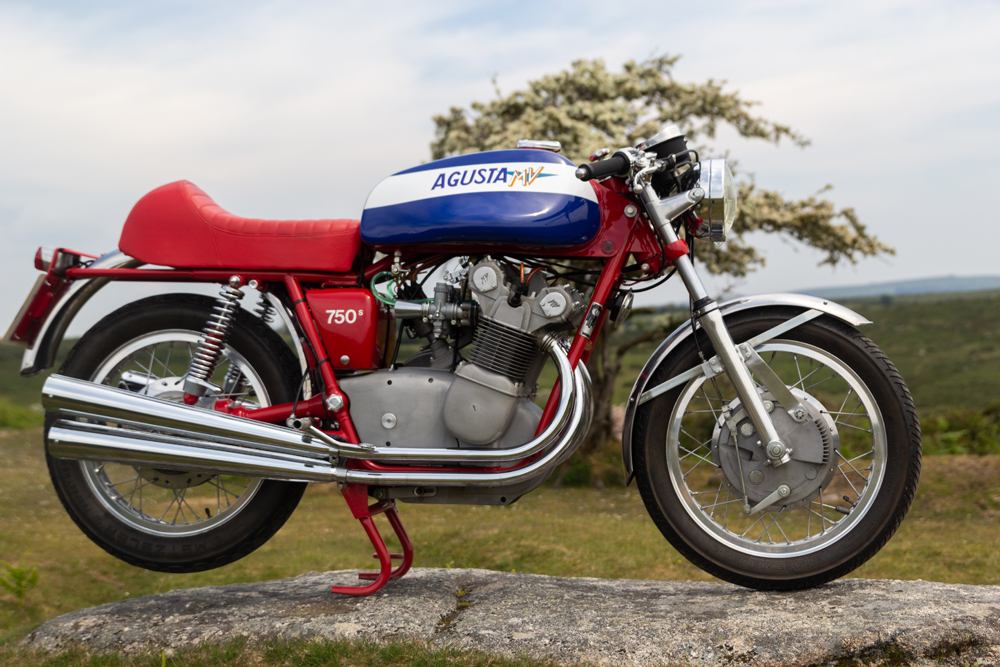
Conclusion
Ultimately, whether to ride or leave classic motorcycles static is a personal choice that depends on the owner’s values, the significance of the motorcycle, and their willingness to balance enjoyment with preservation. Although reasonable use of the machine really is part of the preservation, as any motorcycle museum will tell you. Both approaches have their merits and pitfalls, and the decision often reflects the owner’s connection with their machine. As long as these classic motorcycles continue to be cherished and appreciated, whether on the road or in a display, their legacy will endure as long as there are skilled enough people to work on them.
- Most collectible Ducati 916 SP - June 20, 2024
- Classic Motorcycles: To ride or not to ride? - June 17, 2024
- Classic Motorcycles: To ride or not to ride? - June 17, 2024




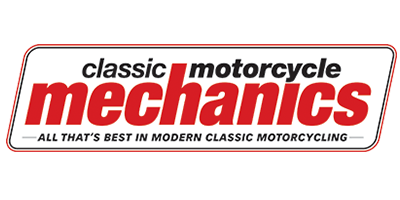



Leave a Reply